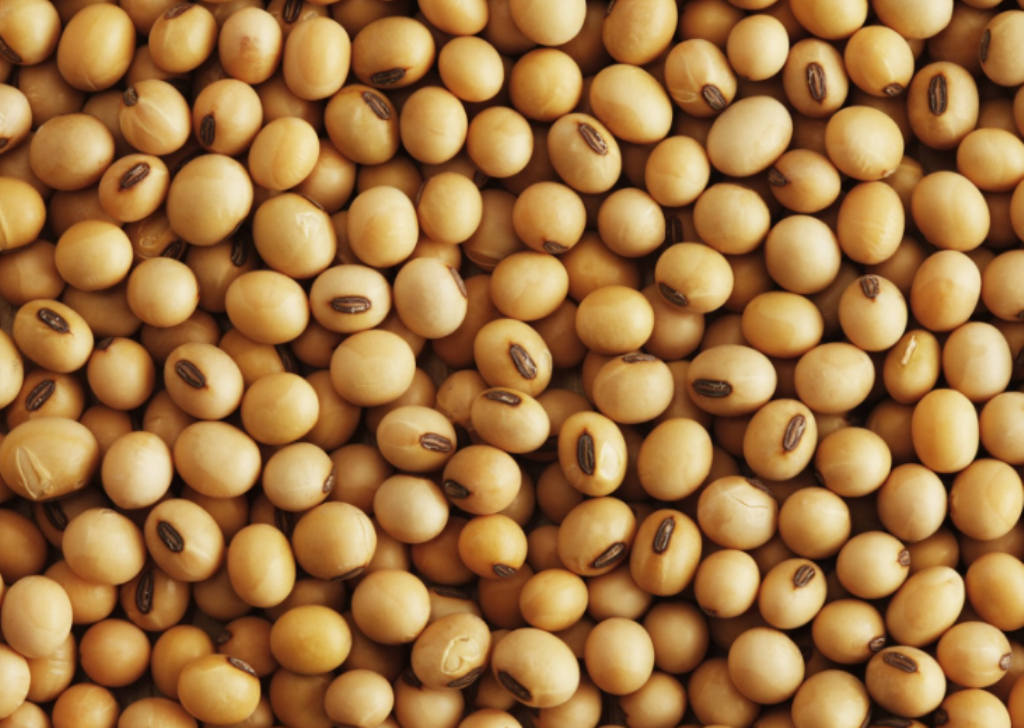
It has been really an impressive year for the entire value chain participants of soybean, including our farmers. Prices have surpassed the 10,000 level in soybean for the first time. Nobody had thought that prices would move to such a level, especially during the first half of 2020, when there was total uncertainty over demand prospects for the various commodities and assets, against the Corona out-break.
Prices were near 3200 level in March 2020 – prices have tripled since then. But is this upside rally justified, or it is a result of rigging and speculations. Well we are often hearing dissatisfaction and doubts being raised on this. However the price appreciation is justified considering the demand and supply related changes. Actually soybean’s upside movement was capped till February, considering the soy oil prices. In fact Soya oil prices are still below May month’s high of 1470-1480, but soybean in the month of May could not sustain above the 8000 mark. It was only after June month, soybean prices shot up further.
Sharp rise in demand after easing of the lockdown restrictions/reducing corona threats, tightening inventory levels of major vegetable oils including soya oil, in addition to lower planting area in soybean and stable demand for the soy products have ensured the strong trend of soybean after the first quarter of 2020. Strength in edible oil markets such as soybean oil, palm oil and sunflower oil has been an additional supportive factor. Already the inventories had started tightening from early part of 2021, and with 20 Lakh tonnes of Soymeal export this season, the supplies of soybean have exhausted to a great extent. In India, the delayed monsoon has been a matter of concern and the planting activity of soybean is adversely affected due to deficient rains in central India. All in all, the upside rally of soybean seems in line with the fundamental factors.
This year was quite useful for the value chain participants such as the feed manufacturers in using the futures market for hedging their price risk. The feed manufacturers were exposed to the risk of rising prices, so they could have easily entered long positions, a few months back, when the prices were relatively cheaper then present offers. Often the futures were running discounted from the spot market therefore buying the futures contract during that period would have reduced their purchase cost significantly.
Moving forward there shall always exist such opportunities for the processing units, even for farmers and the stockists. Stockists can sell in the futures markets whenever the futures are running above their purchase cost. In the case of farmers, they can sell the November or December contract, which is the futures contract for the new season soybean. As there is uncertainty with respect to the price outlook after 3-4 months, they can sell these futures and minimize the risk by locking their prices. For the feed manufacturers, it will be better to buy the contracts, whenever they go much below the spot market offers.
















